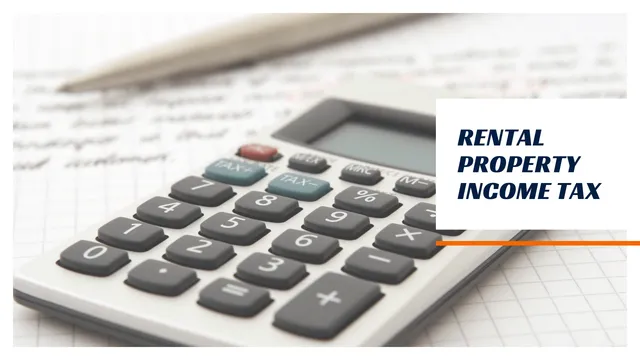7 Ways to Pay Less Rental Income Tax in California

If you own rental property in California, you may find the rental income tax burdensome. However, there are legal ways to reduce the amount you owe. In this guide, we’ll walk you through seven effective strategies to pay less rental income tax while staying compliant with tax laws.
Maximize Deductible Expenses
One of the easiest ways to lower your rental income tax is by taking full advantage of deductible expenses. The IRS allows you to deduct costs related to managing and maintaining your rental property.
Common Deductible Expenses
- Repairs and Maintenance: Fixing a broken water heater, repairing a roof, or repainting the property.
- Property Management Fees: Payments to property managers or leasing agents.
- Utilities: If you pay for water, gas, or electricity for your rental property.
- Insurance Premiums: Landlord insurance and any liability coverage for your rental.
Make sure to keep detailed records of these expenses to claim them accurately during tax season.
Depreciate Your Property
Depreciation allows you to deduct the cost of wear and tear on your property over time. The IRS permits landlords to depreciate residential rental properties over a 27.5-year period.
How Depreciation Works
If your property’s value (excluding land) is $275,000, you can deduct about $10,000 per year for depreciation. This reduces your taxable income significantly.
To calculate depreciation, work with a tax advisor or use IRS guidelines for accurate results.
Use Pass-Through Tax Deductions
Under the Qualified Business Income (QBI) deduction, landlords may qualify to deduct up to 20% of their net rental income.
Who Qualifies?
- You must operate your rental property as a business.
- Your total taxable income should fall under certain limits.
This deduction can be a game-changer, but it’s essential to consult a tax expert to ensure eligibility.
Deduct Mortgage Interest
If you have a mortgage on your rental property, the interest portion of your payments is tax-deductible. This can be a significant deduction, especially in the early years of your loan when interest payments are higher.
How to Track Mortgage Interest
Your lender will typically provide a Form 1098 at the end of the year, summarizing the total interest paid. Use this form when filing your taxes.
Write Off Travel Expenses
If you travel to check on your rental property or handle related matters, those travel expenses may be deductible.
Examples of Deductible Travel
- Driving to show the property to tenants.
- Traveling to oversee repairs or maintenance.
What Can You Deduct?
- Mileage (at the standard IRS rate).
- Airfare, if you need to fly to a property located far away.
- Hotel stays and meals during work trips.
Offset Losses with Other Income
Rental properties sometimes operate at a loss, especially in the early years. If your expenses exceed your rental income, you can offset that loss against other sources of income, such as wages or business earnings.
Limits to Keep in Mind
- Passive losses are capped at $25,000 per year for individuals earning less than $100,000 annually.
- The deduction phases out for higher earners.
Work with a tax advisor to calculate how much of your loss you can use to reduce your overall taxable income.
Consider a 1031 Exchange
If you sell your rental property, you may face capital gains tax on the profit. However, under a 1031 exchange, you can defer paying taxes by reinvesting the proceeds into another rental property.
Key Rules for 1031 Exchange
- The new property must be of equal or greater value.
- You must identify the replacement property within 45 days and close within 180 days.
This strategy allows you to continue growing your real estate portfolio without an immediate tax hit.
Final Tips
Reducing your rental income tax requires careful planning and organization. Keep detailed records, stay updated on tax laws, and work with a knowledgeable tax professional to maximize your savings. By using these seven strategies, you can enjoy the financial benefits of rental property ownership while minimizing your tax burden in California.
Disclaimer: This guide is for informational purposes only and does not constitute tax advice. Consult a qualified tax advisor for personalized assistance.




